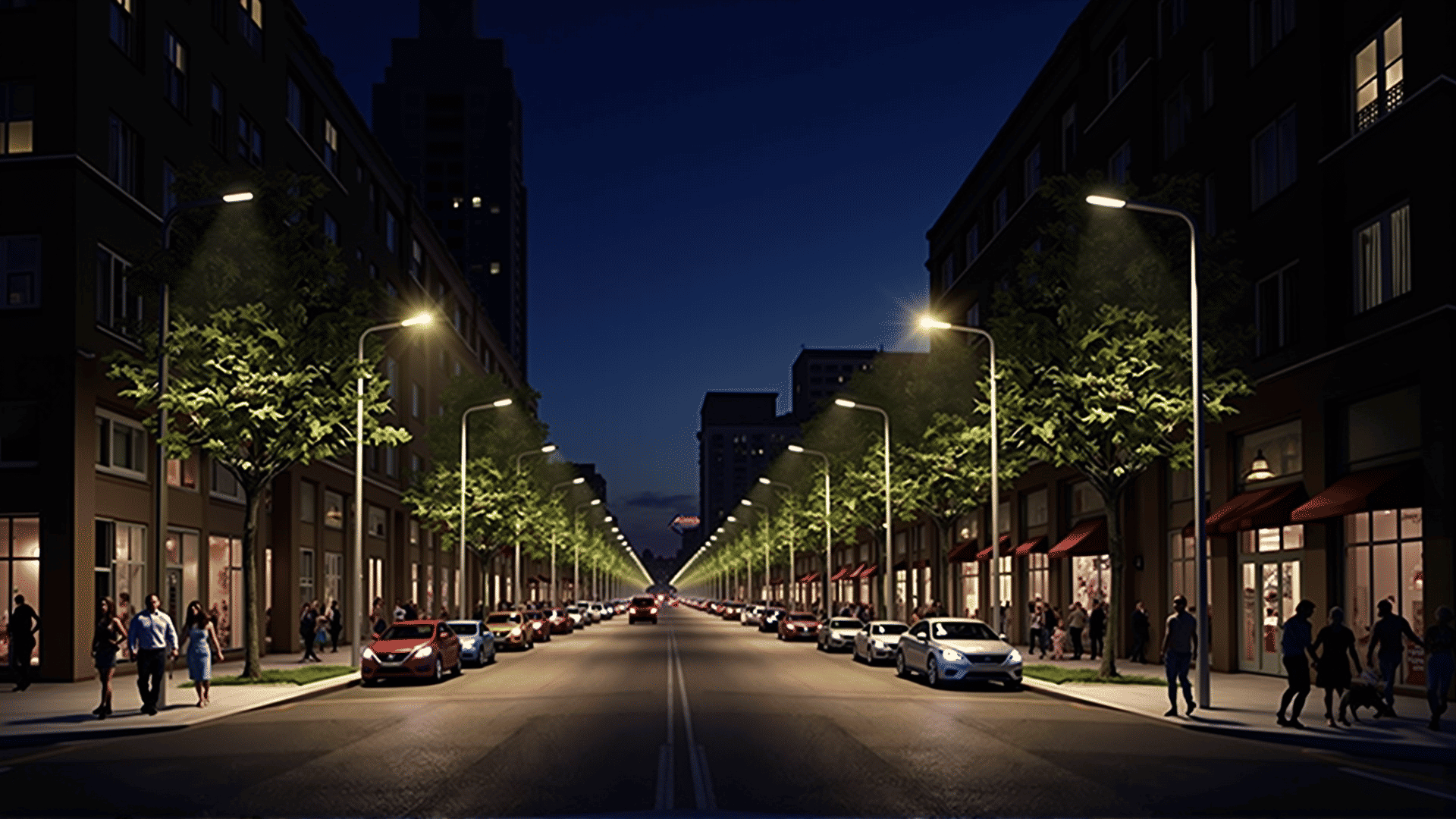In recent years, urban development has increasingly embraced technological innovations to create more sustainable and efficient cities. One significant advancement reshaping urban infrastructure is the introduction of smart street lighting systems. These cutting-edge systems are not only energy-efficient but also adaptable to varying environmental conditions, offering numerous benefits to urban landscapes.
The primary appeal of smart street lighting lies in its adaptability. Traditional streetlights operate on a fixed schedule, often staying illuminated throughout the night regardless of the surrounding conditions. In contrast, smart streetlights leverage sensors and connectivity to adjust their luminosity based on real-time factors such as ambient light, time of day, and pedestrian or vehicle presence. This dynamic response ensures optimal lighting when needed, significantly reducing energy consumption and light pollution.
Moreover, these intelligent systems are connected via the Internet of Things (IoT), allowing them to communicate with each other and centralized management platforms. This connectivity facilitates real-time monitoring and diagnostics, enabling municipalities to quickly identify and address issues like lamp failures or maintenance needs. Such proactive management not only ensures consistent illumination for urban areas but also extends the lifespan of the lighting infrastructure, optimizing resource use.
Another significant advantage of smart street lighting is its contribution to public safety. By automatically increasing brightness in response to motion or during high-traffic hours, these lights enhance visibility for drivers and pedestrians alike. This capability can be particularly valuable in reducing accidents and crime in urban environments, fostering a safer atmosphere for residents.
Beyond safety, smart streetlights also support environmental sustainability goals. By curbing energy usage through intelligent operation, cities can markedly decrease their carbon footprint. Some smart lighting systems are even integrated with renewable energy sources, such as solar panels, further minimizing reliance on nonrenewable energy.
Furthermore, smart street lighting can serve as a foundation for broader smart city initiatives. The infrastructure can support additional technologies like air quality sensors, surveillance cameras, and public Wi-Fi, enhancing the overall functionality and data collection capabilities of urban environments.
Incorporating smart street lighting into urban planning is not without challenges. Initial installation costs can be significant, and the management of data generated by these systems requires robust cybersecurity measures to protect sensitive information. However, the long-term benefits—both in terms of energy savings and societal gains—can outweigh these initial hurdles, paving the way for more sustainable and responsive urban centers.
As cities worldwide continue to grow and evolve, smart street lighting stands out as a powerful tool in the quest to create more efficient, safe, and environmentally conscious urban spaces. With their ability to harmonize energy use with real-world demands, these systems offer a glimpse into the future of urban living—one where technology and sustainability walk hand in hand.
